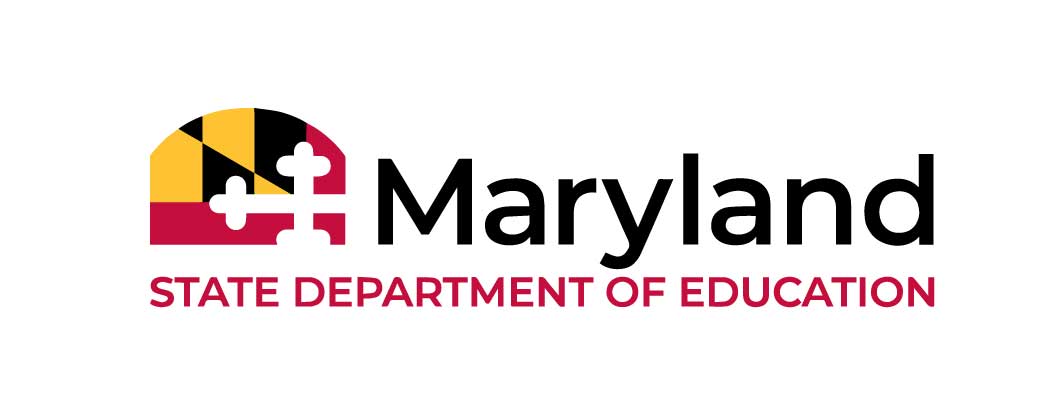Transition Talks: Cultural Responsiveness

The changing demographics in the United States have transformed student populations. This change in population is typically categorized as those from culturally and linguistically diverse (CLD) backgrounds, including African Americans, Asian Americans, Native Americans, Hispanic Americans, Pacific Islanders, students who speak English as a second language, and students who have immigrant status (National Technical Assistance Center on Transition, 2017). The first step to cultural responsiveness in secondary transition planning is through staff development for cultural knowledge and competence that recognizes the strengths and needs of CLD students and their families.
The need for responsiveness to CLD students may be most important during the secondary transition planning process as the transition to adulthood impacts the student, family, and community. Research indicates that students from CLD backgrounds do not always do well when it comes to major transition outcomes (PACER Center, 2017). Differences in culture and language often affect family involvement in transition planning as the goals parents have for their children often vary from those emphasized by the school culture. Culturally responsive transition planning requires collaborative relationships with CLD families and students with disabilities. When educators are knowledgeable about diversity, cultural differences and values are respected and supported in the transition planning process. Steps that support CLD students and their families during transition planning include: (a) provide professional learning for all stakeholders to increase knowledge, sensitivity, and skills about cultural and linguistic diversity; (b) involve families as respected and valued members of an IEP team that incorporates cultural practices or beliefs in planning and decision-making; (c) support the values of the family when identifying transition goals including prevocational training, job placement, independent living, and community work experiences; and (d) provide access to translated resources about secondary transition planning and adult services. Culturally responsive transition planning empowers students and families to take an active role in planning for the future.
Maryland’s Eastern Shore
The Chesapeake Multicultural Resource Center
31 E Dover St, Easton, MD 21601
The Chesapeake Multicultural Resource Center (ChesMRC) empowers people from cultural and linguistic diverse cultures to become successful and engaged members of the Eastern Shore community.
ChesMRC has provided services since it was established in 2012 to more than 4,000 culturally and linguistically diverse families in Talbot, Dorchester and surrounding counties. These services for youth and families include:
- After-school tutoring and mentoring;
- Partnerships with youth development organizations (Scouts, YMCA, Parks and Rec);
- Resource Center to provide information and accurate referral services for key issues such as health, legal, labor, social service, safety, and housing;
- Language and cultural competency programs to Improve and expand language interpretation resources and cultural competency training.
Questions to Consider
- Does our LSS provide professional learning that supports culturally responsive transition planning?
- Is our staff aware of community supports for culturally and linguistically diverse students and families?
